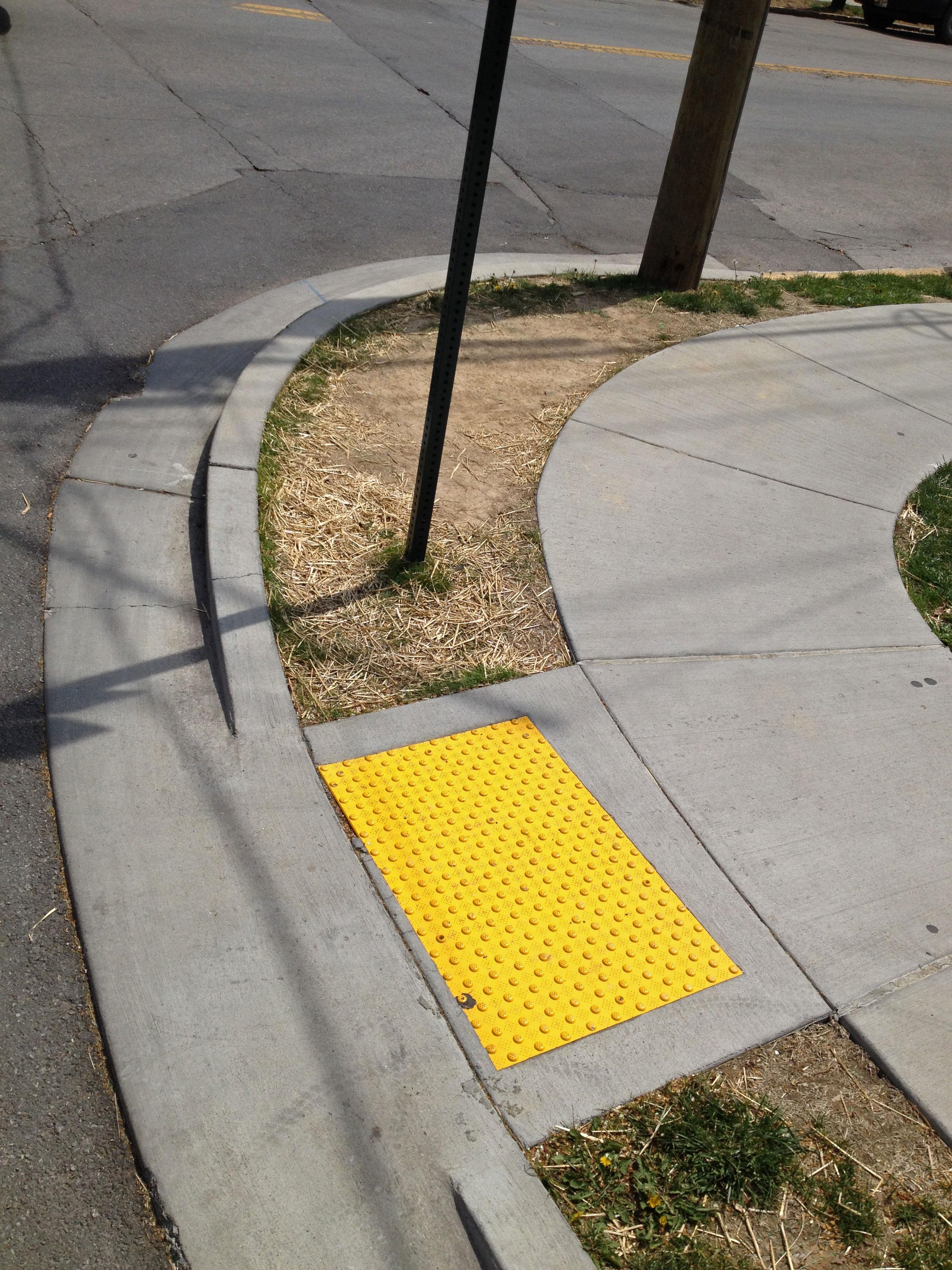AARP Hearing Center

Second only to driving, walking is one of the most popular means of getting from point A to point B in the US. It’s easy, cheap and has the added benefit of boosting your mood and increasing your health and longevity. All you need is a pair of sneakers and you’re ready to go!
Or are you?
Just how walkable is your neighborhood? I’d be willing to wager not very. While Kentucky communities tend to be car and truck friendly, most simply aren’t built to accommodate walkers. Common problems like broken or missing sidewalks, poor lighting and unsafe intersections can place Kentuckians in danger when they go for their nightly stroll.
The statistics back up my wager. A recent study ranked Louisville in the top 25 most dangerous places for pedestrians in the country.
That’s why we’ve been hard at work across Kentucky -- assessing our streets and calling for safer roadways and sidewalks and more transportation options – to help Kentuckians of all ages and abilities get to where they need to go.
Some cities are already take steps to make their communities safer. Lexington is the first city in Kentucky to join with AARP Kentucky and the World Health organization (WHO) to be designated as an Age-Friendly community. AARP also is working with planners in Bowling Green, Owensboro and Hartford to make it easier for people to navigate their communities.
You can join AARP’s efforts to highlight the importance of walkable communities without leaving your neighborhood. The next time you lace up your shoes and head out on your walk, simply pay special attention to your surroundings.
Do you have room to walk? Are there adequate sidewalks? Can you see where you’re going? Are there places such as benches where you can stop and catch your breath if you get tired? What about crossing the street? Are there crosswalks and traffic signals? Do you have enough time to make it safely across?
Don’t like what you see? Take action. Our Create the Good website has a toolkit specifically designed to help you make a comprehensive assessment of your community’s walkability. Then visit Walk Score to find ways to improve your neighborhood’s score.
As always, we want to hear from you on your journey. Shoot us an email and tell us what you found in your community assessment, better yet, arm yourself with a camera on your next walk and post pictures of what you find on our Facebook wall so we can see it firsthand.































































